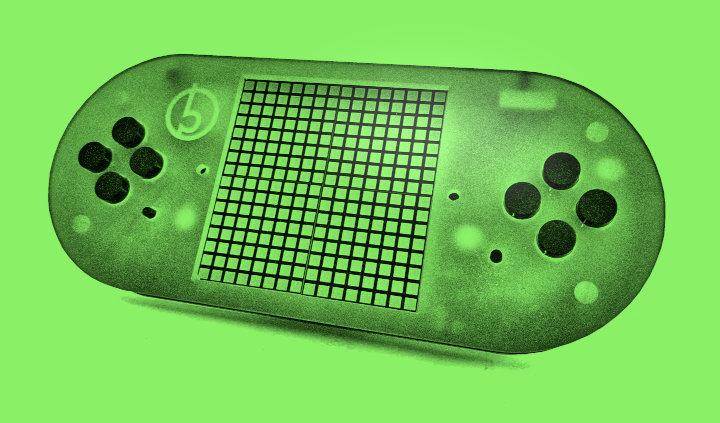Musical Instruments
"You are what you do every day." Every morning I wake up and want to build things, and left to my own devices I often find myself building musical instruments with a twist.
I love the audio-rate universe: waves at a friendly frequency range that can be appreciated aesthetically, being able to move ideas between the digital and analog domains, psychoacoustics and culture's role in sound perception, the deep history of musical instruments and synthesis - it's a great hobby.
Some highlights of what I've built:
- A "virtual violin body" - an electronic box that you can plug an electric violin into that makes it sound convincingly like a wooden one.
- A Moog Grandmother clone - an all-analog synthesizer with 3 VCOs, a resonant ladder filter, spring reverb, and all the usuals like envelopes, LFOs, etc.
- A couple of digital accordions. The latest of which is a chord-machine: with the left side buttons you choose the root note, and then with the right side you tweak the chord. It can do inversions and suspensions, add 7ths and 9ths, change the key on the fly, and a lot more.
- Currently I'm working on a reimplementation of the Yamaha VL1 - an evolutionary branch of FM synthesis into physical modelling that was wiped out by an industry fashion change in the mid-1990s.

Computing From Scratch
My first computer was a Commodore 64, and I still have the taste for working on systems that you can understand completely.
I have a long-term project to build, from scratch, a boutique version of both an entire computer and its own web to use it on.
Parts of which are:
- A visual language for FPGAs, for designing processors, with a handheld gaming device to try it out on.
- A statically-allocated programming language, in the spirit of BASIC, but with powerful modern abstractions.
- A file system layer based on distributed content-addressed databases, called Edsu.
- Currently I'm working on a web browser and server, except instead of HTTP it's based on Edsu.
